Soil structure is an essential aspect of soil health that is often overlooked. Soil that is compacted or lacking in structure can have a negative impact on plant growth and nutrient uptake, as well as soil drainage and water retention. In this blog post, we'll explore the importance of soil structure and provide tips for preventing soil compaction.
What is Soil Structure?
Soil structure refers to the way soil particles are arranged into aggregates or clumps. The spaces between these aggregates create pores that allow air, water, and nutrients to move through the soil. A healthy soil structure promotes root growth and nutrient uptake, as well as soil drainage and water retention. Soil structure can be influenced by a variety of factors, including soil texture, organic matter content, and biological activity.
Causes of Soil Compaction
Soil compaction occurs when the spaces between soil particles are reduced, making it more difficult for air, water, and nutrients to move through the soil. There are several causes of soil compaction, including:
Heavy machinery: The weight of heavy machinery can compress soil particles, especially when the soil is wet
Over stocking land: livestock, especially heavier animals like cattle and horses, can compact soil over time, especially in areas of pasture where they tend to spend a lot of time (around water sources and high ground)
Excess water: Soil that is constantly saturated with water can become compacted, as the water fills the pore spaces and forces out the air
Effects of Soil Compaction
Compacted soil can have a negative impact on plant growth and nutrient uptake, as well as soil drainage and water retention. Some of the effects of soil compaction include:
Reduced root growth: Compacted soil can make it difficult for roots to penetrate and grow, limiting their access to nutrients and water
Decreased nutrient uptake: Nutrients may not be available to plants if they are unable to reach the root system due to compaction
Increased runoff and erosion: Compacted soil is less able to absorb water, which can lead to increased runoff and erosion
Decreased water infiltration: Compacted soil can also make it difficult for water to infiltrate the soil, leading to reduced water retention and increased drought stress on plants
How to Prevent Soil Compaction
Preventing soil compaction is essential for maintaining healthy soil and promoting plant growth. Here are some tips for preventing soil compaction:
Reduce tillage: Reducing tillage can help preserve soil structure and minimize soil disruption
Avoid heavy machinery on wet soils: Heavy machinery should be avoided on wet soils, as the weight of the machinery can easily compress the soil particles
Plant cover crops: Cover crops can help improve soil structure by adding organic matter and promoting biological activity in the soil
Use organic carbon amendments to improve soil structure: Adding compost and vermicast to soils can improve soil structure and increase water-holding capacity. Compost and Vermicast has the added benefits of adding beneficial bio-diversity to your soil as well, further increasing available nutrients in the soil and improving plant resilience.
Summary
Soil structure is an essential aspect of soil health that is often overlooked. Compacted soil can have a negative impact on plant growth and nutrient uptake, as well as soil drainage and water retention. By understanding the causes and effects of soil compaction and taking steps to prevent it, we can promote healthy soils and sustainable agriculture.



